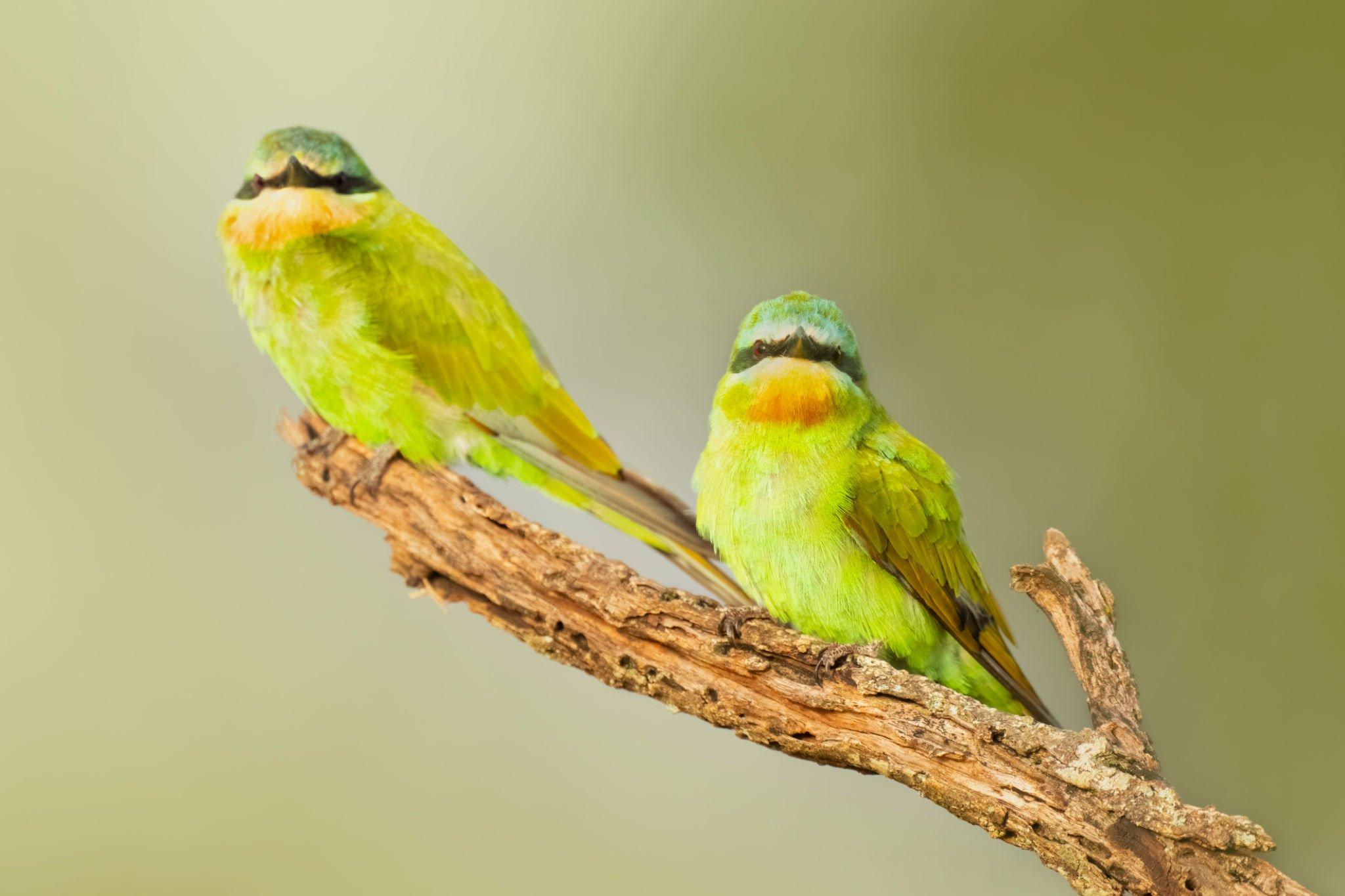- Home
- Safaris
- Volunteering
- Responsible Trips
- Faq’s
- Cost of Tanzania Safari
- Is it Safe to Visit Tanzania?
- When to Visit Tanzania
- How to book a Tanzania Safari?
- Vaccinations for Tanzania safari
- Booking Flights
- Sustainable Travel in Tanzania
- Why Travel to Tanzania?
- Meals during a Tanzania safaris
- Tanzania Visa Information
- Responsible Travel in Tanzania
- Toilets on Safari
- Recommended duration for a safari in Tanzania
- What to wear during a Tanzania Safari
- Information About Tipping during Tanzania safari
- Which is the cheapest safari?
- About us
- Contact
- Share a Home with us
Explore the Tarangire National Park
ABOUT TARANGIRE
The National Park is 2,850 square kilometers in area and was gazetted in 1970. It is only a small part of a much larger ecosystem of some 30,000 sq. km that comprises most of what is called the Maasai Steppe or southern Maasailand. Amongst safari connoisseurs; those who really enjoy the African safari travel experience – the vast open spaces,
the Acacia savannas, the dramatic wildlife, the sandy river beds, the sausage trees, the changing seasons, the cool fresh mornings, the heat of mid-day, the day-long birdsong, the sound of crickets at night, the whooping call of hyena, the far distant roar of lion – Tarangire is a
place to put on your itinerary. From the wide-open plains in the north, south along the Acacia and baobab studded ridges and valleys of the Tarangire River, and across vast seasonal swamps, wildlife gathers in large numbers. This is the dry season refuge for an enormous swathe of southern Maasailand, and between July and November the wildlife here is extraordinary by any standards Africa-wide.


HIGHEST DENSITY OF WILDLIFE IN TANZANIA
It has been estimated that at the height of the,dry season in October the density of large animals -elephant, buffalo, zebra, wildebeest, ostrich, giraffe, eland etc. is second only to Ngorongoro Crater worldwide. This spectacle gathers around the scattered pools of permanent water along the Tarangire river bed, and also around Silale Swamp. Lion and leopard are frequently seen here as well. The huge baobab tree is characteristic of these savannas and have been described by naturalists as a complete ecosystem unto themselves; their nooks and crannies provide places for bee hives or are occupied by small mammals such as genet and civet cats, and their enormous flowers are pollinated by fruit bats.
Many baobabs are hollow and have provided shelter for wandering bands of hunter-gatherers in the past.
Tarangire is one of the finest places in Tanzania to watch elephant and spending unhurried time in thepresence of these intelligent giants, often from a vantage point at a waterhole or spring is one of the greatest pleasures of a wildlife safari- A favorite routine is to leave camp
early with a picnic lunch and to select a spot overlooking
the Tarangire River or a hinterland waterhole and watch wildlife come and go.

When to go
This is a year-round park with the distinct seasons offering different experiences, from dry and dusty with animals clustered around shrinking water holes and the trickle of Tarangire River, to the green season full of new-born animals and chattering birds.
Getting there
Air. There is an airstrip at Kuro in the center of the Park with daily scheduled flights to all main safari destinations in Tanzania.
Road. The journey from Arusha is on a good road and only takes about 1 1/2 hours to the Main Gate in the north. For this reason, safaris often begin here.

FEATURES AND ACTIVITIES
Wildlife: Tarangire is known for its diverse wildlife populations, especially its large elephant herds. The park is home to various other animals, including lions, leopards, cheetahs, giraffes, zebras, wildebeests, Cape buffaloes, hyenas, and a wide variety of antelope species. Bird enthusiasts will also appreciate the park’s rich birdlife, with over 550 bird species recorded.
Landscape and Vegetation: Tarangire National Park features a diverse landscape comprising open grasslands, scattered acacia woodlands, riverine forests, and seasonal marshes. The park’s iconic baobab trees dot the scenery, creating a picturesque backdrop. During the dry season, the Tarangire River attracts large numbers of wildlife seeking water, resulting in exceptional game viewing opportunities.
Tarangire River: The Tarangire River is a vital water source that flows year-round, making it a crucial lifeline for wildlife in the park. It serves as a gathering point for animals during the dry season, leading to incredible wildlife concentrations along its banks.
FEATURES AND ACTIVITIES
Birdlife: Tarangire is renowned for its avian diversity. Birdwatchers can spot a wide range of species, including the endemic yellow-collared lovebird, African pygmy falcon, red-billed hornbill, and various raptors, storks, and waterbirds.
Game Drives: Game drives are the primary activity in Tarangire, allowing visitors to explore the park and observe wildlife in their natural habitat. Experienced guides accompany visitors on game drives, providing valuable insights and enhancing the safari experience.
Walking Safaris: Some lodges and camps in Tarangire offer guided walking safaris, allowing visitors to explore the park on foot. Walking safaris provide an up-close encounter with the park’s smaller flora and fauna, and a chance to learn about the intricacies of the ecosystem.

